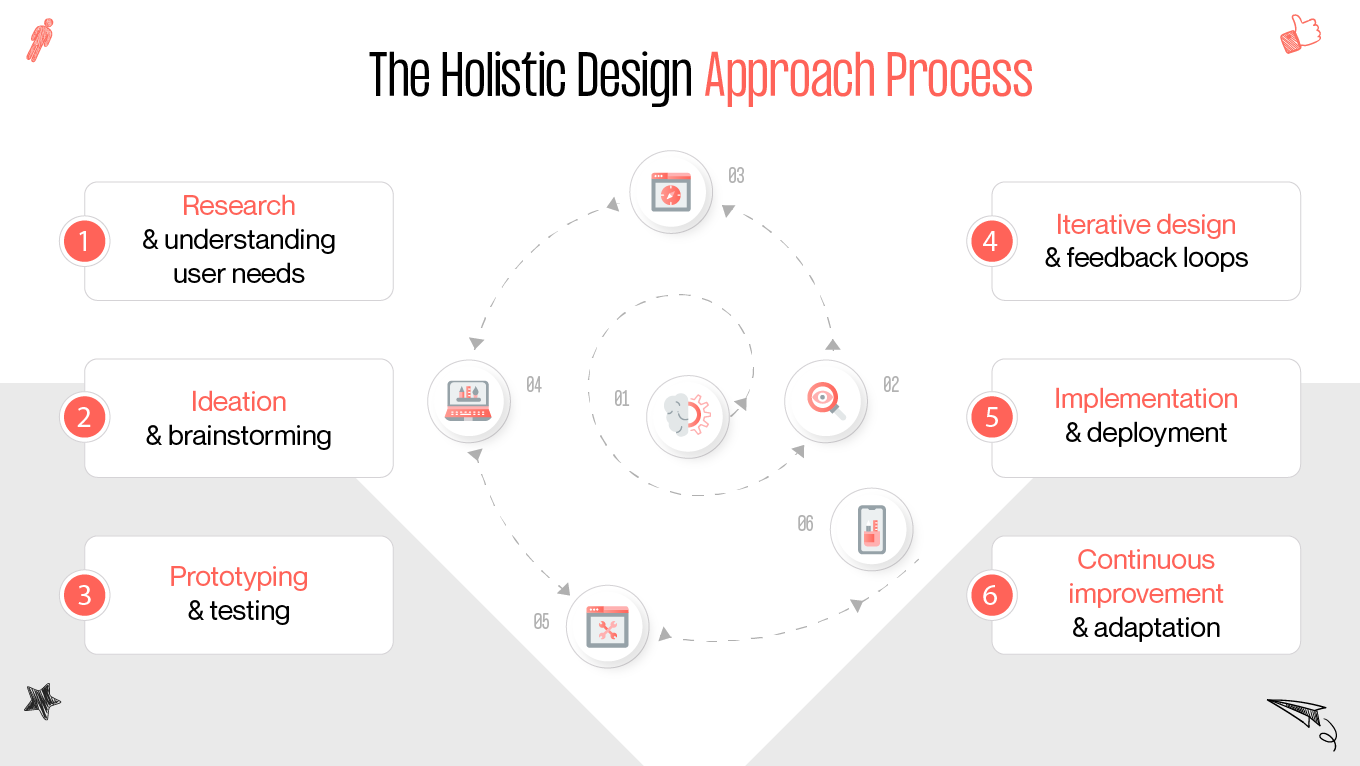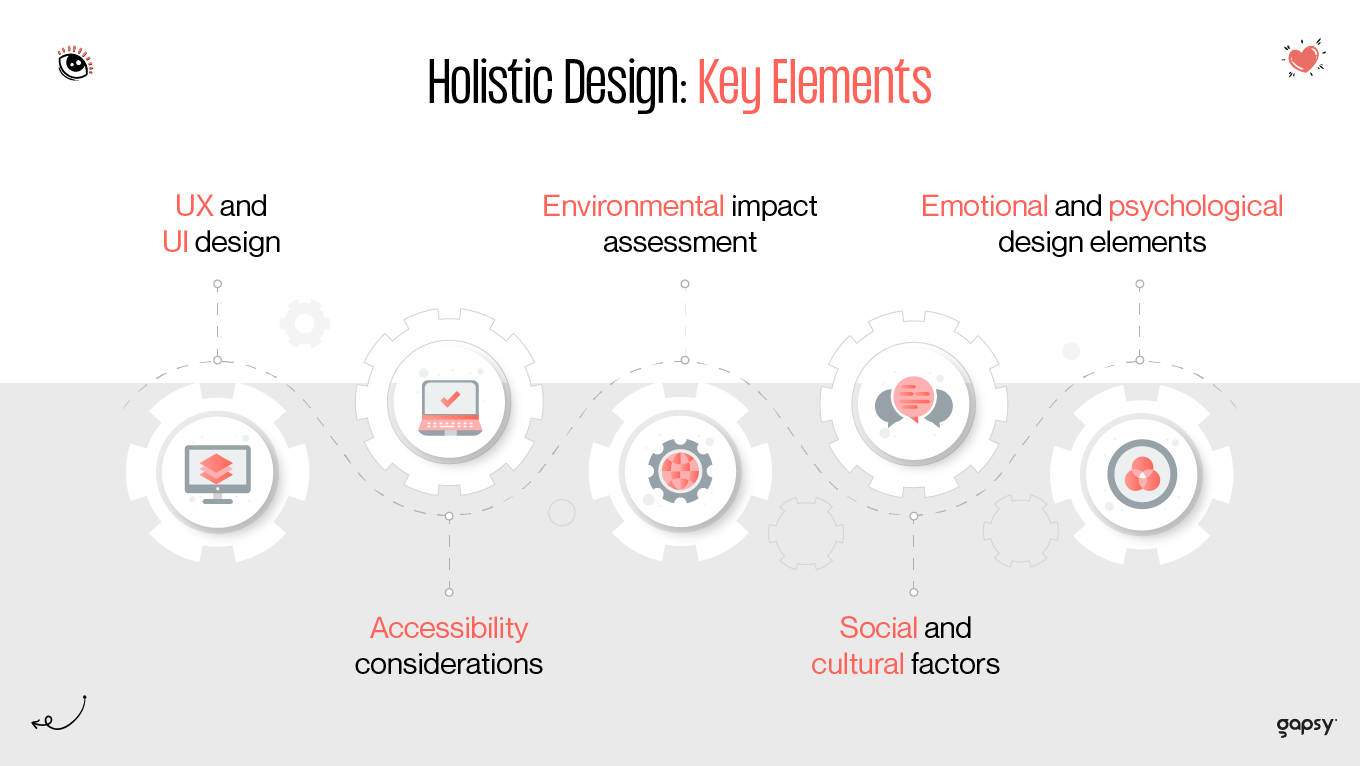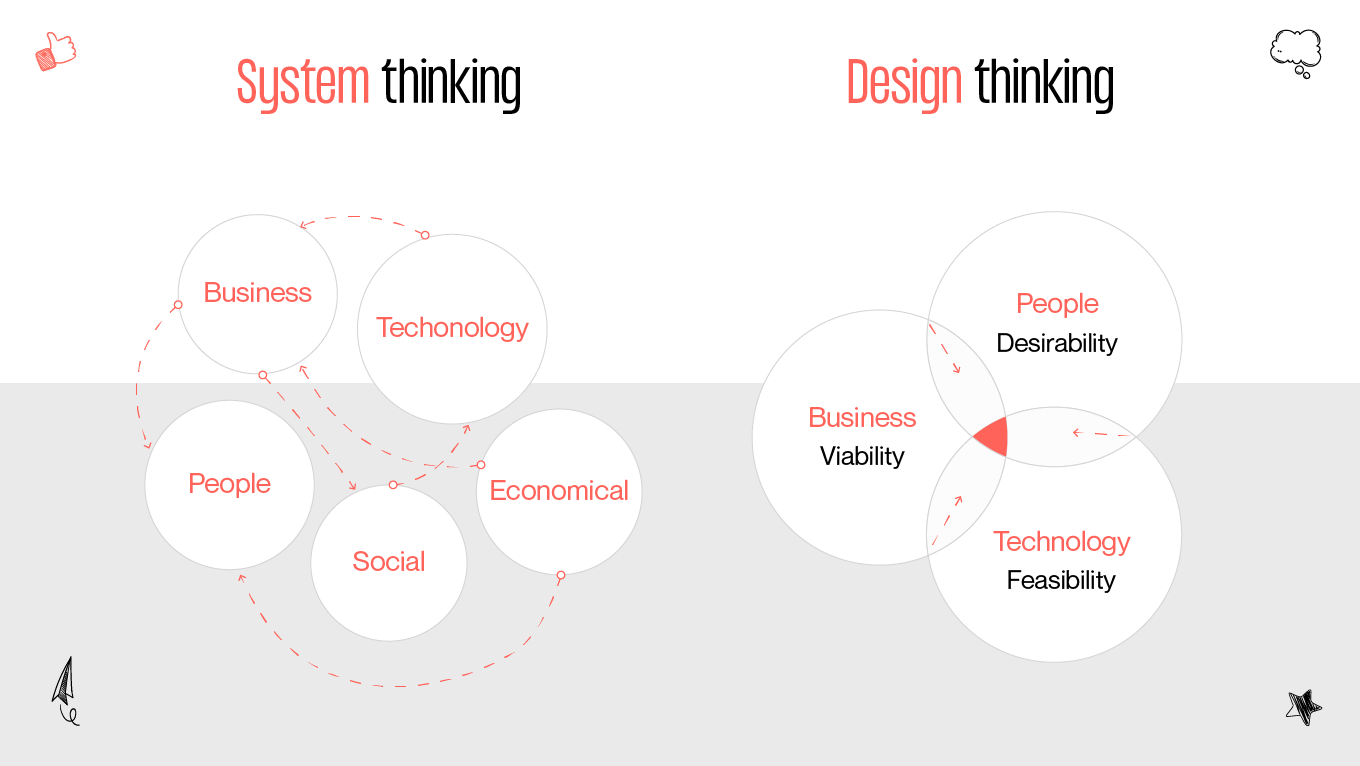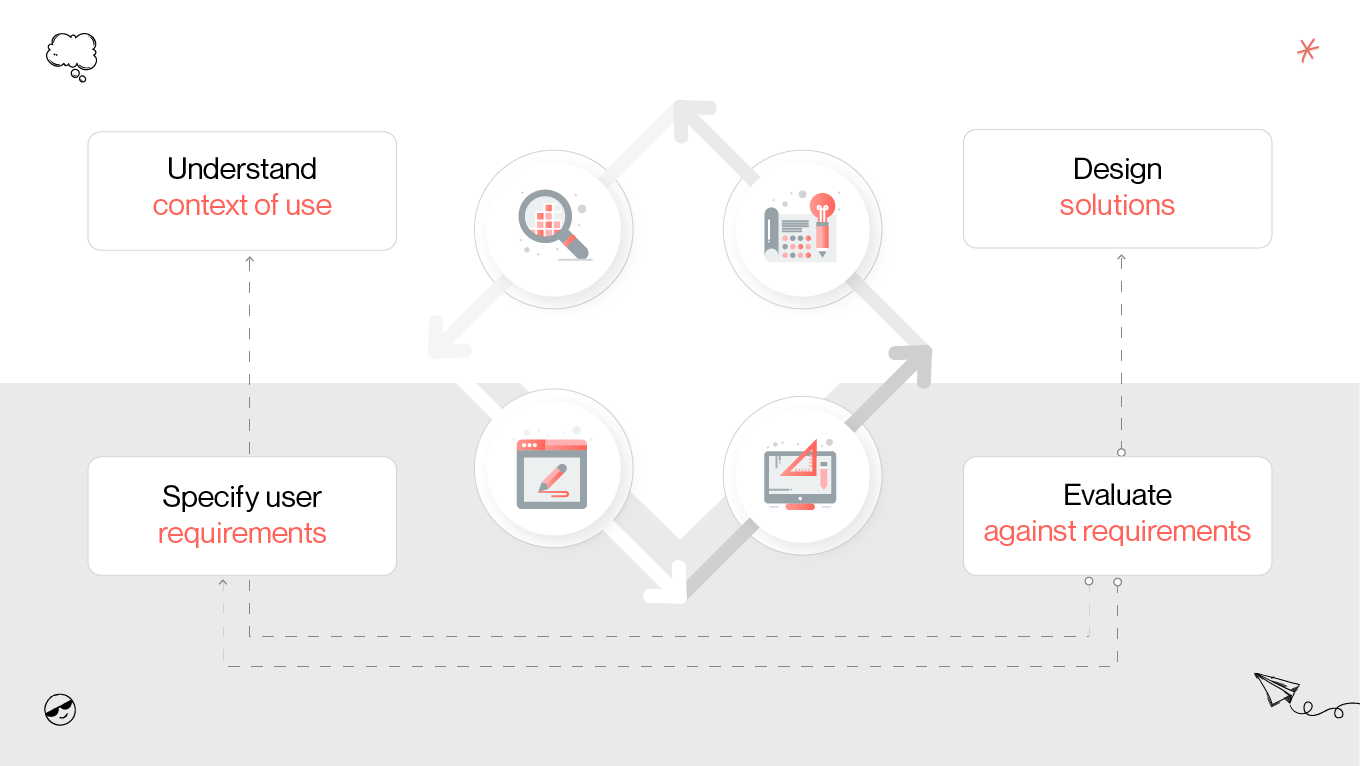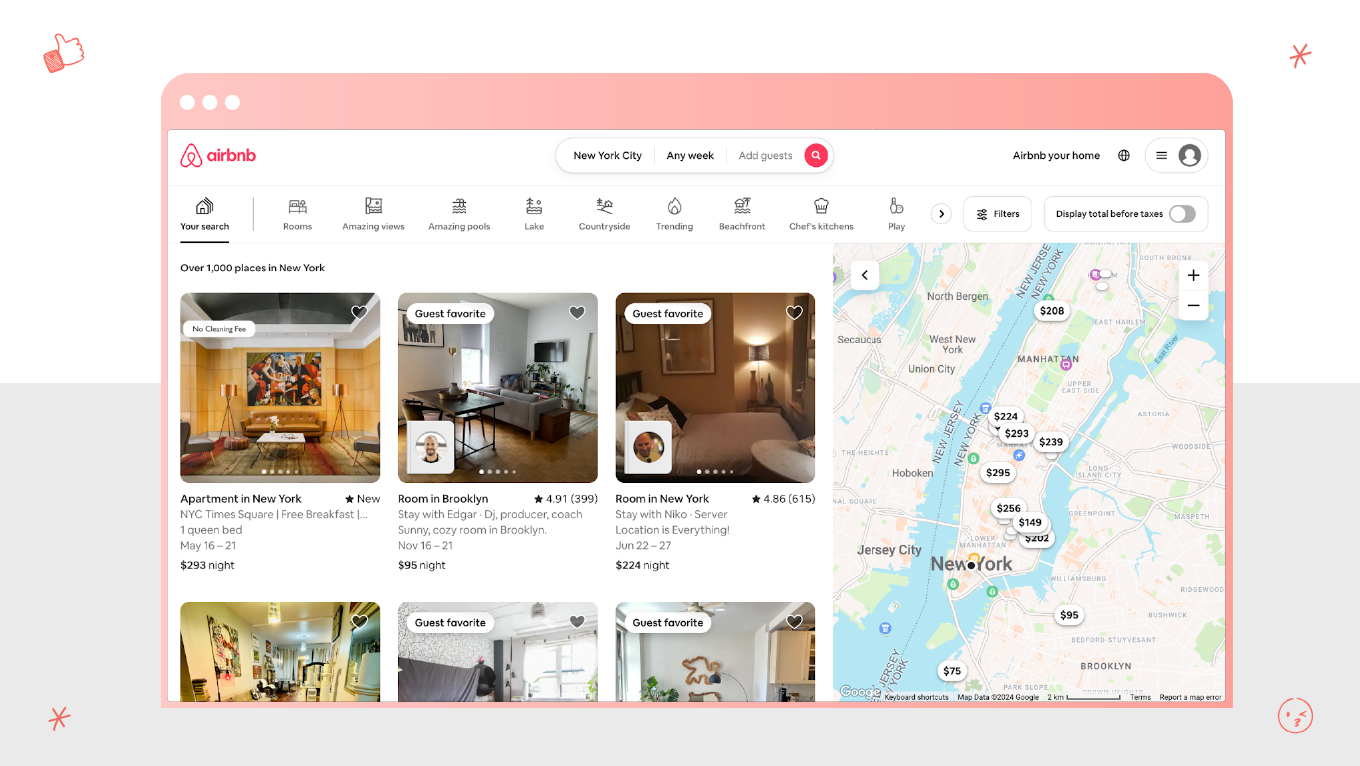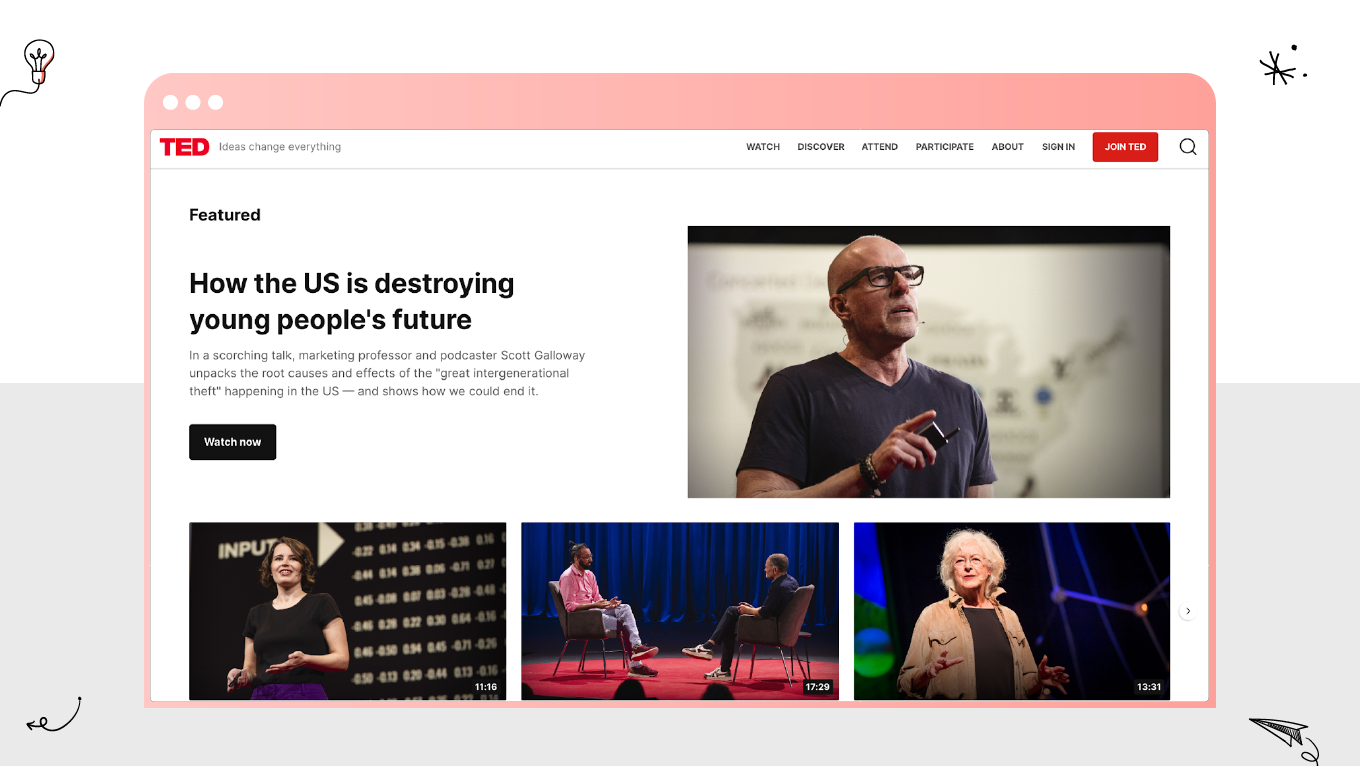As we navigate an ever-evolving landscape of technological advancements, social changes, and environmental concerns, there arises a pressing need for a more comprehensive and integrated approach to design – one that goes beyond surface-level solutions to embrace the deeper connections that shape our lives.
Enter the world of holistic design, a paradigm that seeks to bridge the gap between form and function, aesthetics and ethics, individual needs, and collective well-being. At its core, holistic design is not merely about creating visually appealing products or services. It is about fostering harmony between people, nature, and technology. It is about understanding the intricate interplay of factors influencing our experiences and designing with empathy, intentionality, and foresight.
Gapsy’s expertise will guide you through this article, exploring all the peculiarities of the holistic design approach. Keep reading!




